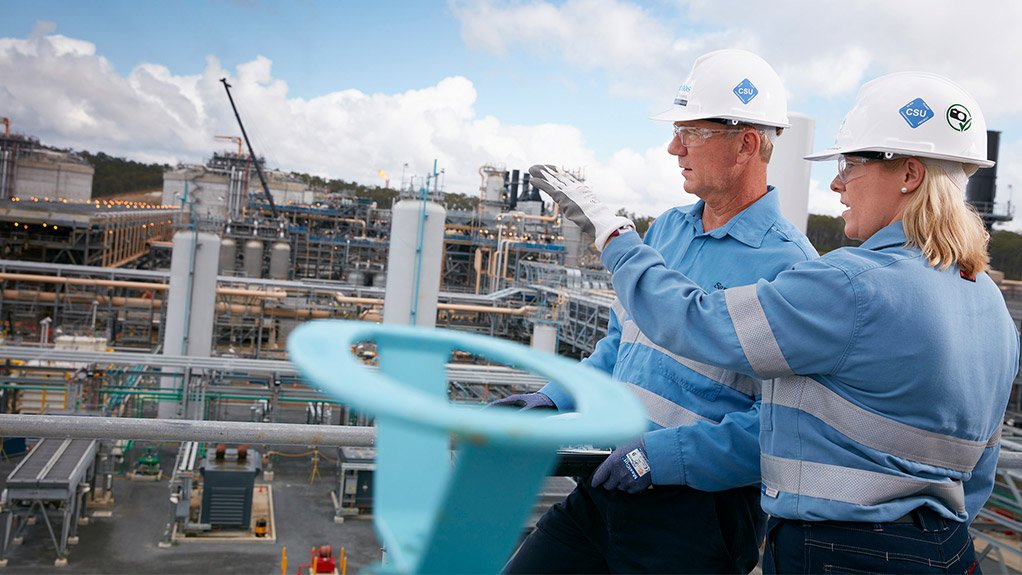PERTH (miningweekly.com) – Australian oil and gas major Santos on Thursday announced that it would supply a further 30 petajoules (PJ) of gas to the east coast domestic market between 2018 and 2019.
The ASX-listed company reported that the gas, which would be sourced from the Gladstone liquefied natural gas (GLNG) project, had initially been earmarked for export, but would now be sold to east coast customers, including power companies.
“Over the last few months, Santos has been working constructively with the federal government and our GLNG partners to supply additional gas to the east coast domestic market,” Santos MD and CEO Kevin Gallagher said.
“30 PJ is a material volume of gas which could power a 228 MW power station or 330 000 homes over the two-year period. It is further proof of our readiness to work with our partners in responding to market dynamics and meeting local gas demand and I would like to thank them for their support.”
Gallagher said that as an Australian company, Santos was committed to improving energy reliability and affordability for all Australians, both householders and industry.
“We have been producing and marketing domestic gas for many years, and we have the capacity to leverage our various assets and partnerships to ensure this energy security,” Gallagher said.
Santos recently also undertook the delivery of up to 72 PJ of gas over four years into the south-east market through a swap agreement and the sale of 15 PJ to the Pelican Point Power Station in South Australia.
The Australian Petroleum Production and Exploration Association (Appea) has welcomed the move by Santos and its GLNG partners, with CEO Dr Malcolm Roberts saying that it was proof that the market was working.
“While the supply-demand balance is tight, a string of new contracts confirm that gas producers are delivering,” Roberts said.
“Over the last five years, the industry has tripled gas production on the east coast.
“Before the massive investment driven by the three east coast LNG projects, customers were facing the prospect of importing gas from Papua New Guinea. Now, thanks to the LNG investment, coal seam gas has been developed into an essential source of energy for the domestic market, meeting more than 40% of local demand,” Roberts added.
“The industry will continue to develop new resources and write new domestic supply contracts. The industry will continue to work with the Queensland and South Australian governments to expand supply to the market.”
Edited by: Creamer Media Reporter
EMAIL THIS ARTICLE SAVE THIS ARTICLE
ARTICLE ENQUIRY
To subscribe email subscriptions@creamermedia.co.za or click here
To advertise email advertising@creamermedia.co.za or click here













